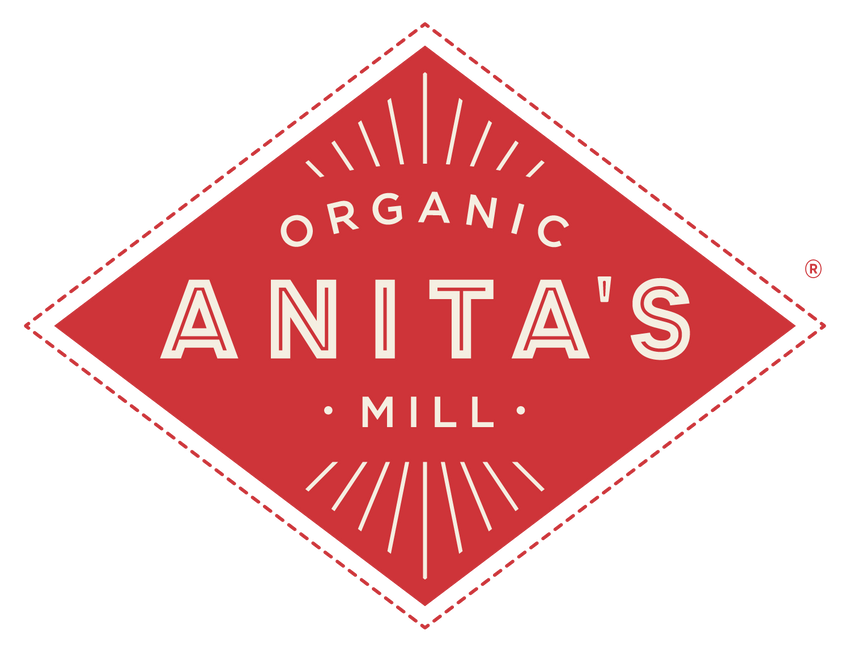
Green Innovations That Are Helping to Save the Planet
Tags:
Big stuff like developing renewable energy infrastructure, achieving climate neutrality, and instituting zero-waste practices are essential to saving the planet, but so is the small stuff. In fact, it’s the small stuff that adds up. For instance, the millions of single-use plastics thrown away each day break down over time into uncountable numbers of microplastics that plague our air, soil, and waterways. We live in a disposable society, but the things we dispose of rarely go away entirely when we toss them to the curb. But several green innovations pose the question: What if they could?
Here’s a rundown of some of the most polluting (and personal) aspects of our disposable lifestyle, and green innovations that seek to reduce their impact on the earth.
Electronics
Each year we throw away about as much electronic waste as we do plastic - a figure that is growing three times faster than the general waste stream. E-waste contains plastic, but also heavy metals and other toxic substances, none of which easily biodegrade. These green innovations show a trend toward incorporating natural, biodegradable elements in electronics.Wooden Chips
One research group at the University of Wisconsin – Madison discovered a way to create micro chips using a plastic-like substance made from wood fibers. Called cellulose nanofibril (CNF), the material replaces one containing arsenic. Though the chip still uses metal as a transistor, researchers say it is in amounts small enough for fungi to break down in a compost pile.Corky the Mouse
A computer mouse made from cork – called Corky, the little brown mouse – eliminates both the need for a plastic casing and a power cord or battery. Moving the mouse, clicking it, and using the scroll wheel all activate its piezoelectric component – a feature that converts movement into stored energy. The interior elements are made with 100 per cent recycled plastic, making this a very green brown mouse.Hardwood Computers
The computer design company, iameco, has given serious thought to how computers can be more sustainable. Their laptop and tablet models reduce waste by thinking of themselves more like heirloom furniture than the latest computer upgrade. They incorporate beautiful hardwoods along with sustainable or recyclable materials, are intended for long-term use, can be repaired and upgraded to meet technological advances (rather than thrown away entirely), and are up to 98 per cent recyclable when the time does come to move on.Clothing
Rubber, leather, and textiles account for 9 per cent of landfill waste thrown out each year. Not only could we donate or recycle those clothes instead, these green innovations insist they could also be biodegradable.Wool, Tree, or Sugar Shoes
The company, Allbirds, not only prides themselves on the comfort of their shoes, but boasts three highly sustainable designs that use renewable and local (to their New Zealand base) resources: Merino wool, eucalyptus trees, and sugar cane.Hemp Fabric
When it comes to fabric, sustainability is a tricky subject. Synthetic fabrics are a definite no-no because they release microplastics into local streams (and eventually the ocean). But even some natural fabrics, such as cotton and linen, can cause excessive pollution, due to growing and processing. Hemp is a particularly fast-growing crop, is naturally pest-resistant, uses minimal water, and helps build soil fertility. It also makes a durable, linen-like fabric that is fully sustainable when processed organically.Pineapple Leather
Known as piñatex, this vegan-friendly, leather-like textile promises to provide a desirable alternative to leather products. Produced from pineapple leaves, piñatex does not require toxic chemicals to process the fibers into a leather-like material. Strong, flexible, breathable, and durable, it can easily replace leather in garments, purses and bags, and footwear. The main challenge ahead: to figure out how we produce enough pineapple leaves in a sustainable way to keep up with demand. But of course, the best way to reduce waste is to use something for as long as possible!Would you like to be the first to hear about our new products and more?
Sign up for our Nature’s Path Newsletter.








